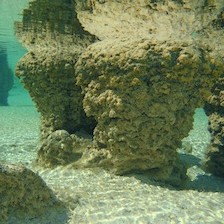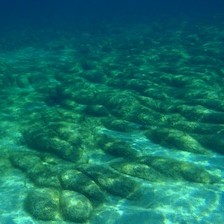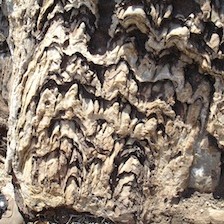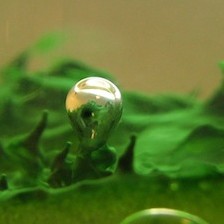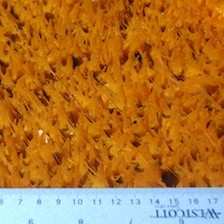Evolution of Oceans and Life
Reconstructing the Parallel Evolution of Life and Oceans
Sedimentary rocks store most records of past life and biogeochemical processes. Reconstructions of these records illuminate interactions between life and the environment over geologic timescales. Insights from the past also provide information about the response of the ocean-biosphere system to various perturbations over the course of Earth’s history.
Learning about ‘Deep Time’
Researchers at MIT are using tools of organic and stable isotope geochemistry, microbiology, and modeling to reconstruct ancient ecosystems and track biogeochemical cycles of carbon, oxygen, sulfur, nitrogen, and other elements. This multidisciplinary approach helps us to learn about the processes that control the levels of oxygen in the atmosphere and oceans, the evolution of complex life, mass extinctions, episodes of ocean acidification, and the formation of various sedimentary minerals.
Key Questions We’re Exploring
- What are the biological, chemical, and dynamical processes that have controlled the partitioning of carbon between the oceans, land, and atmosphere in the past?
- What are key biological, chemical, and geological controls of oxygen levels throughout Earth’s history?
- How did biological, chemical, and geological processes interact with Earth’s climate in the past?
- Can we understand the cycles of biologically important trace metals such as iron in the oceans? How have they changed in the past, and how might they change in the future?

